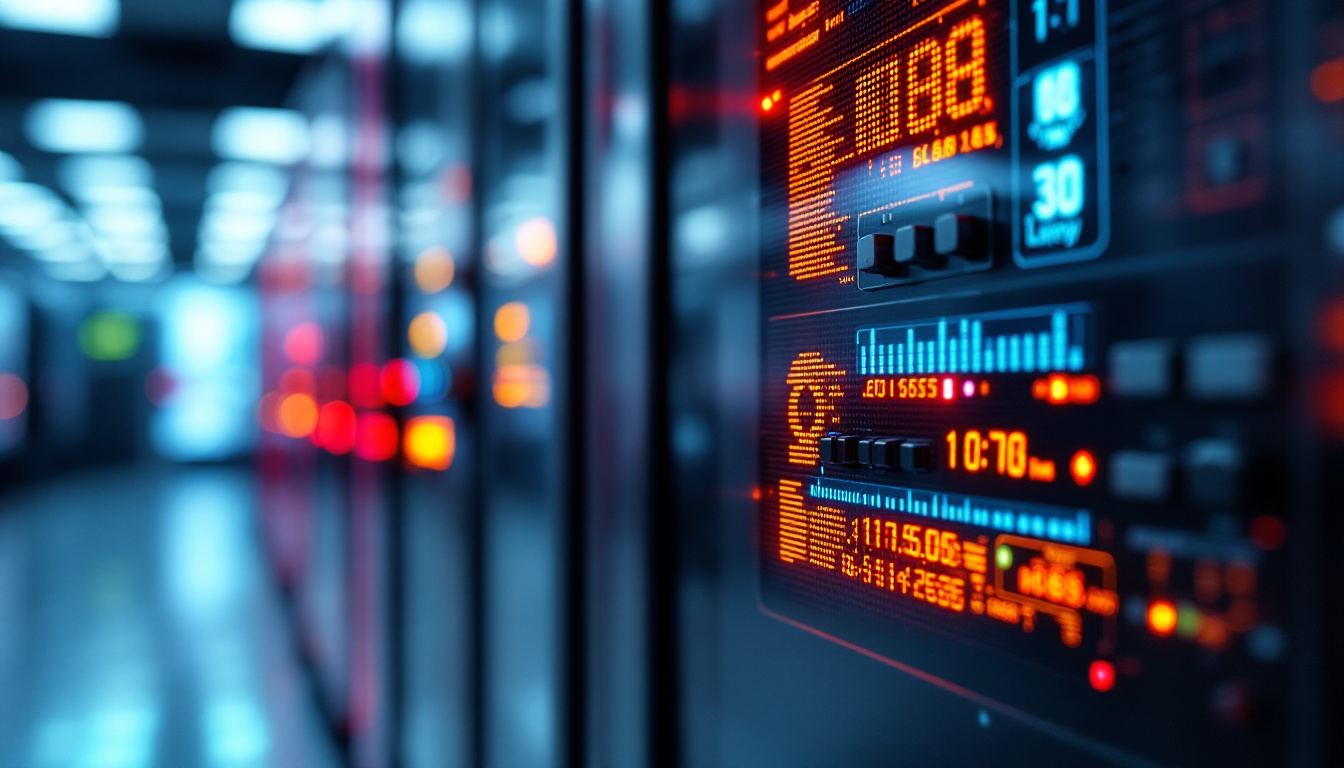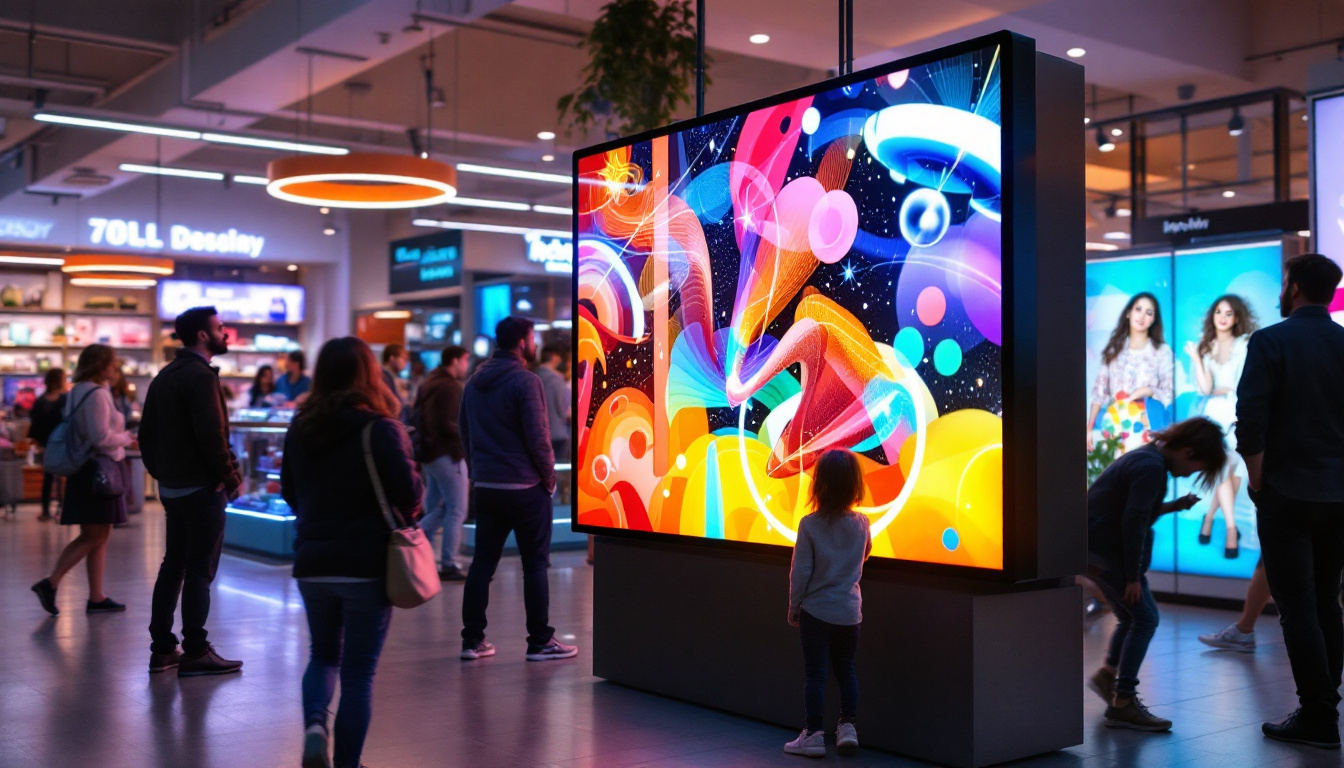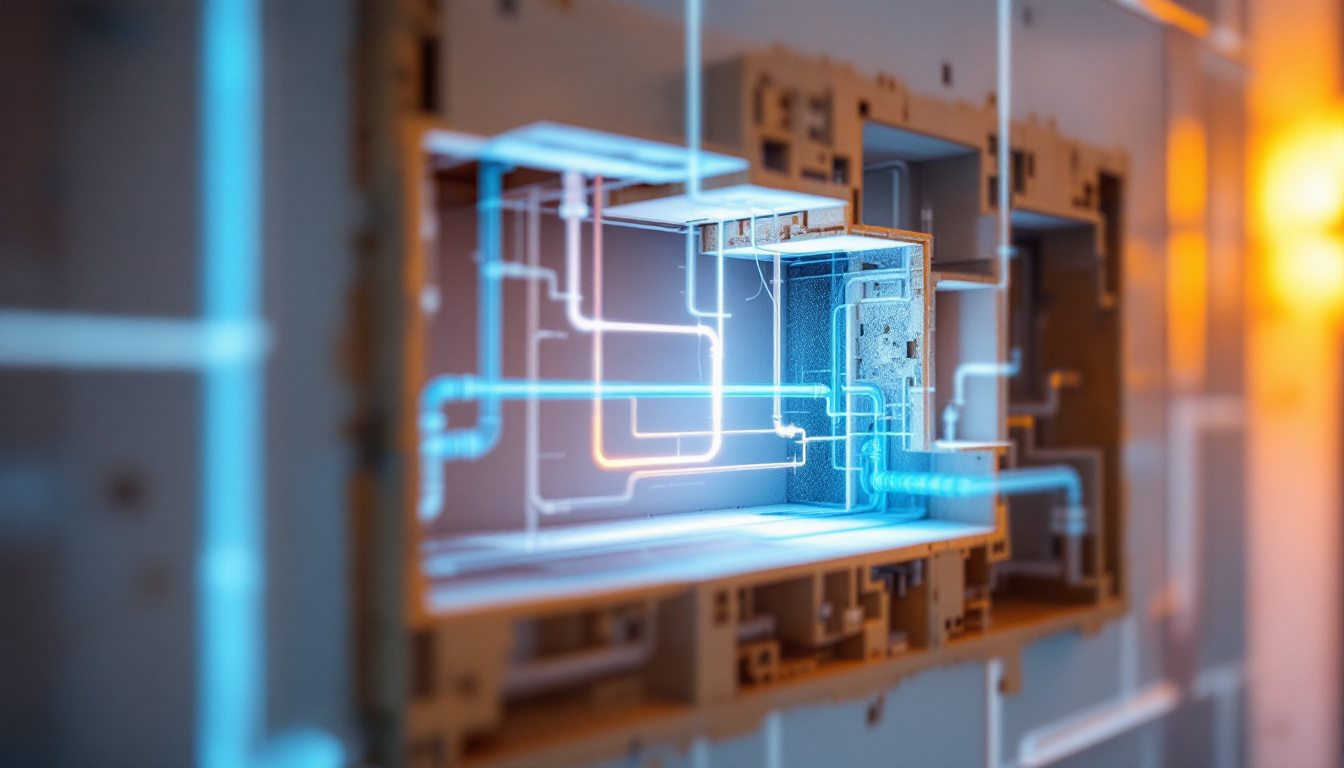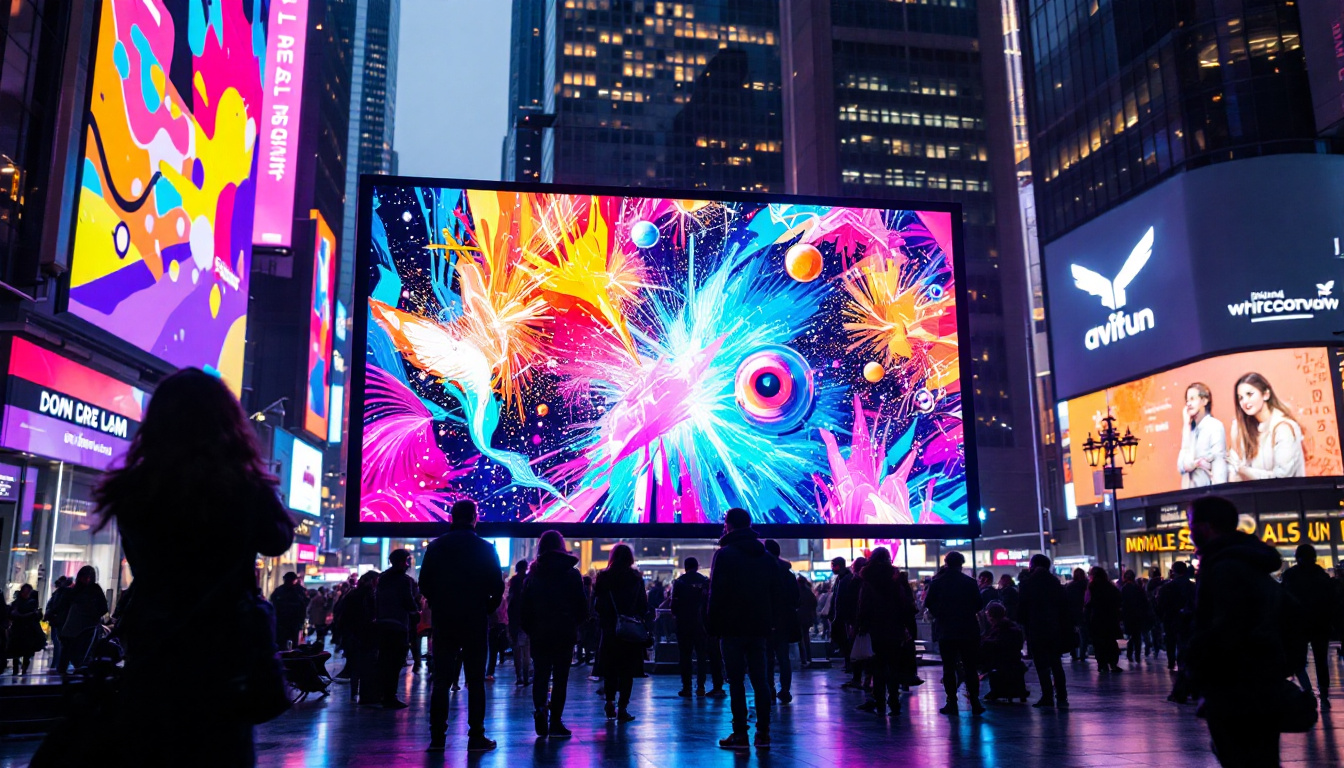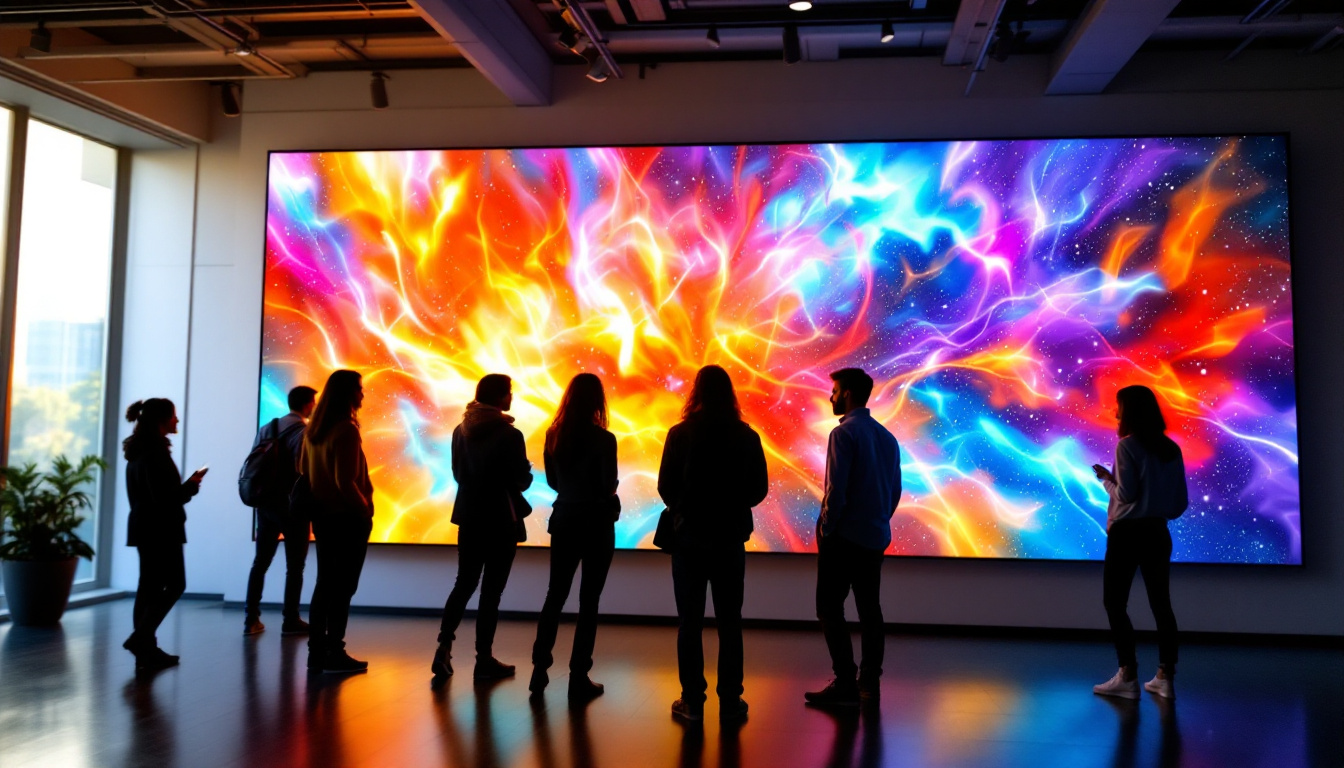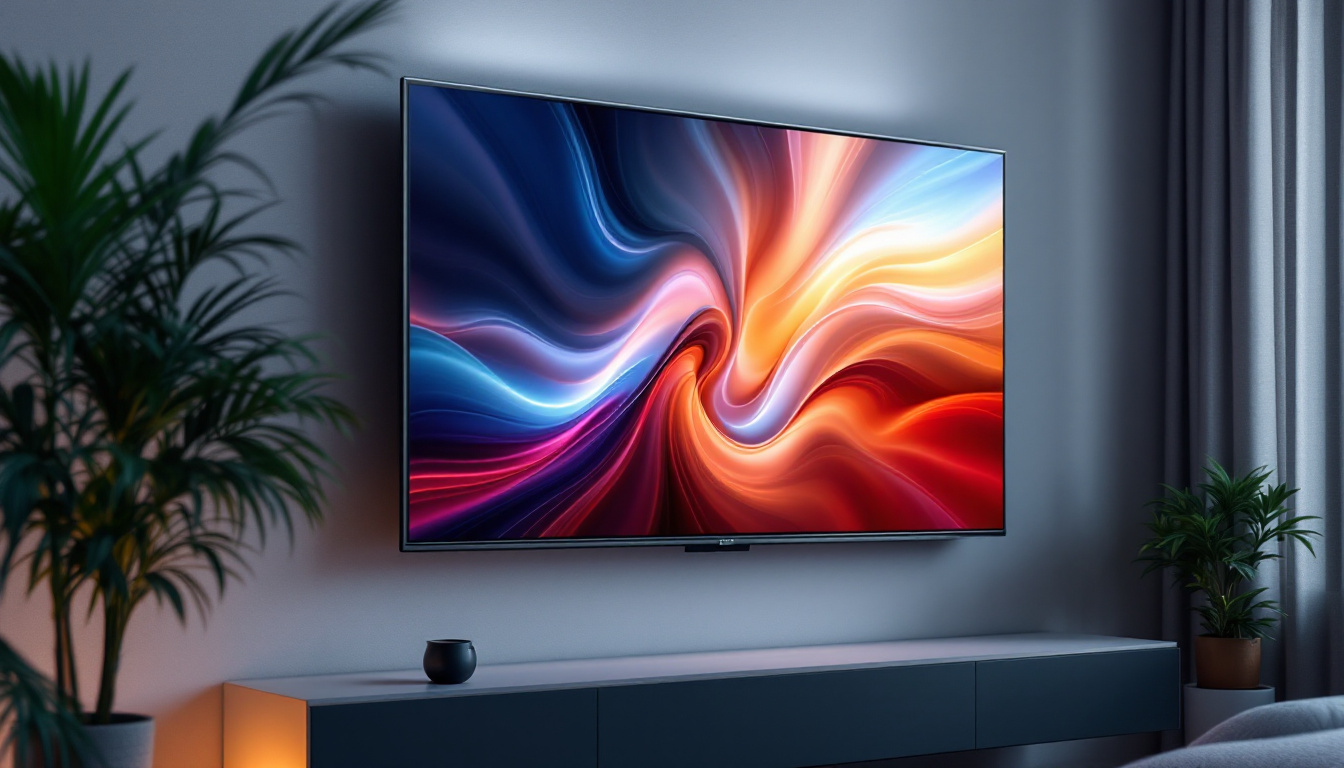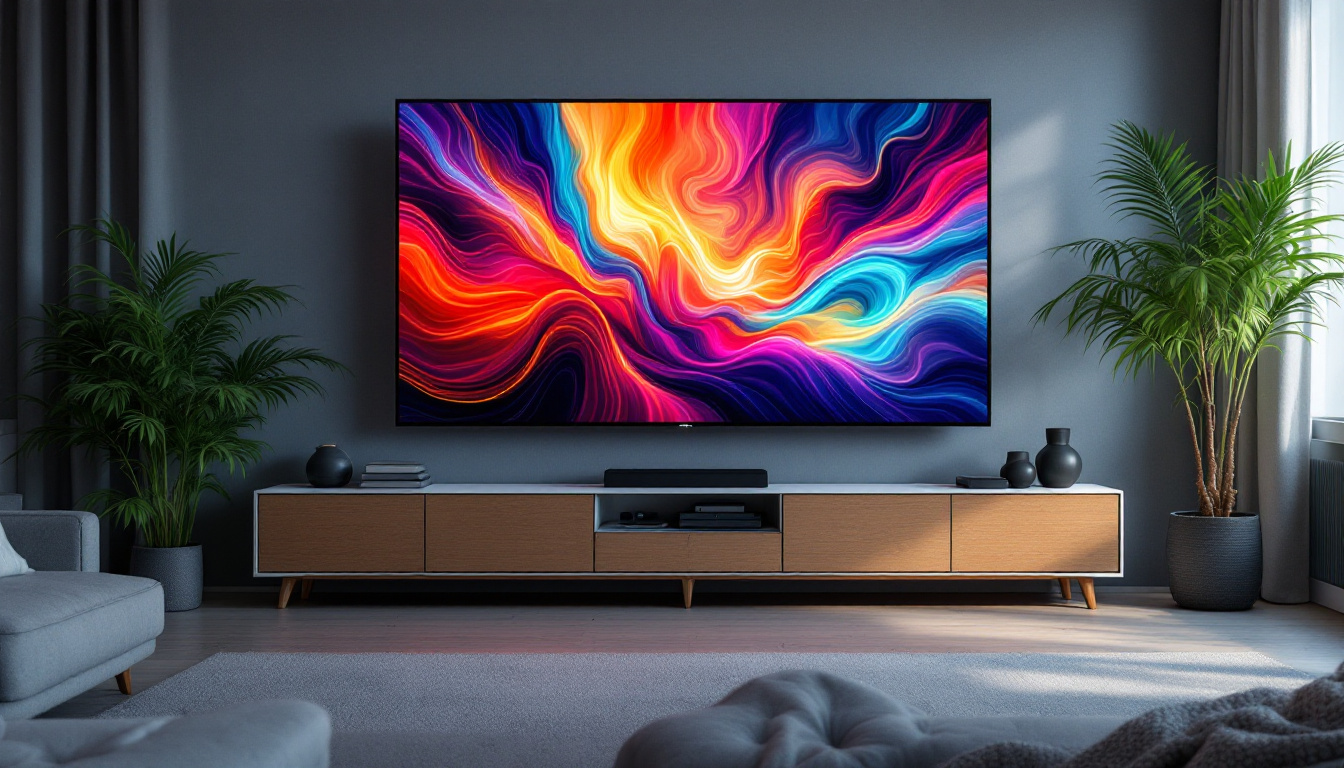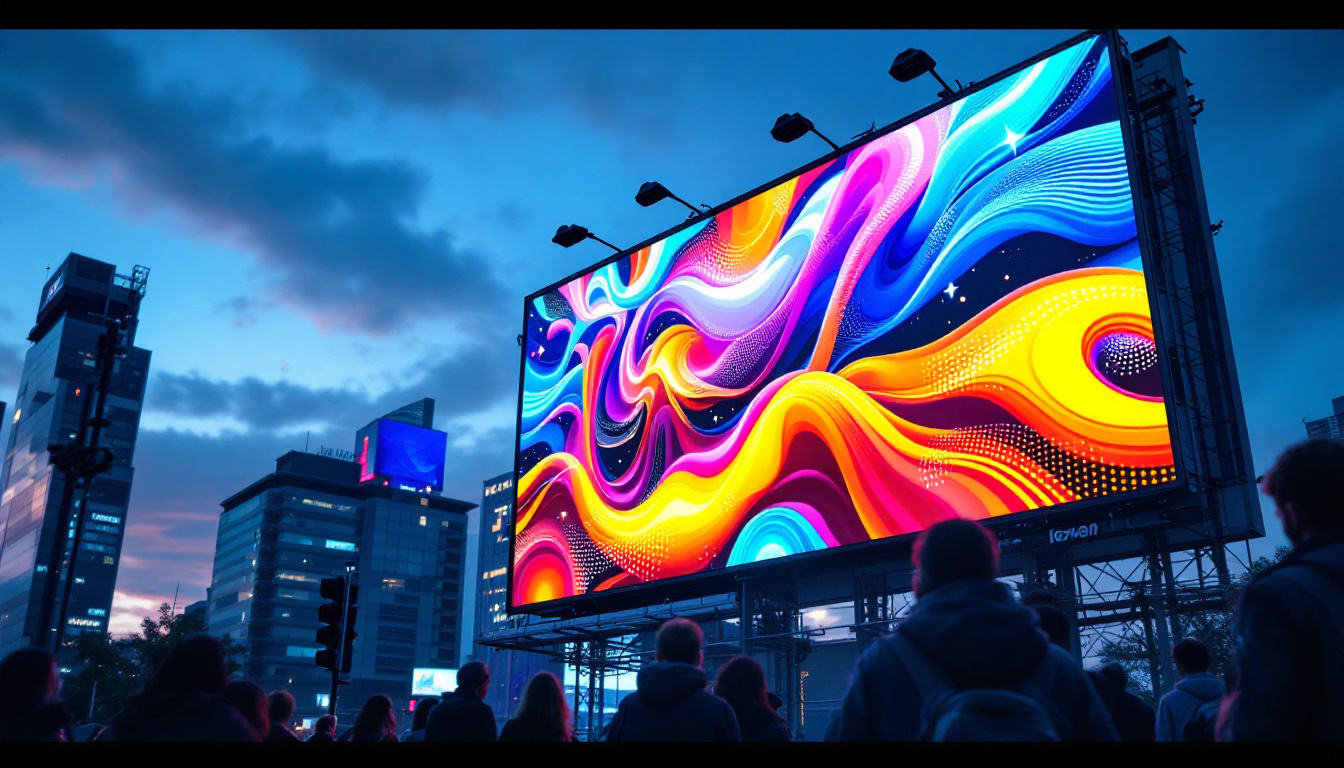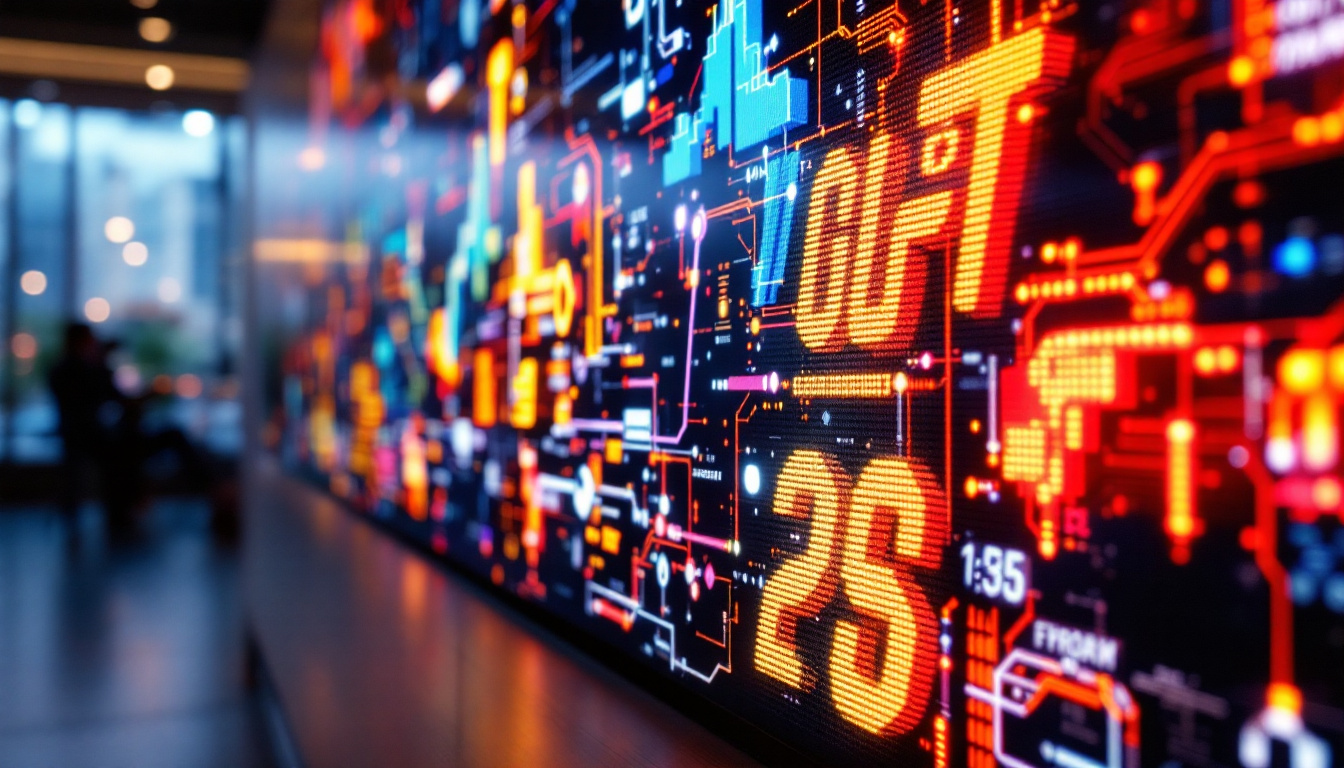The Alignment Control Center Door is a sophisticated piece of technology designed to enhance operational efficiency in various industrial settings. One of the standout features of this system is its LED display, which serves as a critical interface for users. Understanding how this LED display functions and its importance can significantly improve the user experience and operational effectiveness. This article delves into the intricacies of the LED display in the Alignment Control Center Door, exploring its features, functionalities, and the impact it has on overall performance.
Understanding the Basics of LED Displays
LED (Light Emitting Diode) displays have become ubiquitous in modern technology due to their efficiency and versatility. In the context of the Alignment Control Center Door, the LED display serves multiple purposes, from providing real-time information to enhancing user interaction. With the rapid advancements in LED technology, these displays have evolved to include features such as touch sensitivity and customizable interfaces, allowing for a more interactive experience for users.
What is an LED Display?
An LED display is a flat panel display that uses light-emitting diodes as pixels for video display. These displays are known for their brightness, energy efficiency, and long lifespan, making them ideal for environments where visibility is crucial. In the case of the Alignment Control Center Door, the LED display is designed to present data in a clear and concise manner, ensuring that operators can quickly assess the status of the system. Additionally, modern LED displays can support a wide range of colors and resolutions, which enhances the visual representation of data, making it easier for operators to interpret complex information at a glance.
Advantages of LED Technology
LED technology offers several advantages over traditional display technologies. Firstly, LED displays consume less power, which is a significant consideration in industrial settings where energy costs can be substantial. Secondly, they provide superior visibility in various lighting conditions, ensuring that information is easily readable even in bright environments. Lastly, the durability of LED displays makes them suitable for the rigors of industrial use, where they may be exposed to dust, moisture, and other challenging conditions. Furthermore, the rapid response time of LED displays allows for real-time updates, which is critical in environments where timely information can impact operational efficiency. This capability is particularly beneficial in the Alignment Control Center, where split-second decisions may rely on the data presented on these displays.
Key Features of the LED Display in the Alignment Control Center Door
The LED display in the Alignment Control Center Door is equipped with several features that enhance its functionality and usability. Understanding these features can help users make the most of the system.
Real-Time Monitoring
One of the primary functions of the LED display is to provide real-time monitoring of the system’s status. This includes information on alignment accuracy, operational parameters, and any potential issues that may arise during operation. By displaying this information in real-time, operators can make informed decisions quickly, minimizing downtime and enhancing productivity. The system continuously analyzes data inputs from various sensors, ensuring that any deviations from expected performance are immediately flagged. This proactive approach allows for timely interventions, which can prevent costly errors and maintain optimal operational efficiency.
User-Friendly Interface
The design of the LED display is tailored for ease of use. With intuitive navigation and clear icons, operators can easily access different functions and settings. This user-friendly interface reduces the learning curve for new operators and ensures that experienced users can operate the system efficiently. Additionally, the interface supports multiple languages, making it accessible to a diverse workforce. The layout is designed to prioritize the most critical information, allowing operators to focus on essential tasks without being overwhelmed by unnecessary details.
Customizable Notifications
Another significant feature of the LED display is its ability to provide customizable notifications. Operators can set alerts for specific parameters, such as alignment thresholds or maintenance reminders. These notifications can be visual and auditory, ensuring that critical information is communicated effectively. This feature is particularly valuable in busy industrial environments where multiple tasks are being managed simultaneously. Furthermore, the system can integrate with mobile devices, allowing operators to receive notifications on their smartphones or tablets, ensuring that they remain informed even when away from the control center. This level of connectivity enhances responsiveness and allows for a more agile operational workflow.
Data Logging and Analysis
In addition to real-time monitoring, the LED display also features robust data logging capabilities. This function records historical data on system performance, which can be invaluable for analysis and troubleshooting. By reviewing past performance metrics, operators can identify trends, assess the effectiveness of maintenance routines, and make data-driven decisions to improve overall system reliability. The ability to export this data into various formats further facilitates in-depth analysis and reporting, enabling teams to share insights and collaborate on optimization strategies.
Enhanced Visibility
The LED display is designed with enhanced visibility in mind, featuring high-contrast colors and adjustable brightness settings. This ensures that information is easily readable in various lighting conditions, from dimly lit environments to bright industrial settings. The display’s size and placement are optimized for visibility from different angles, allowing multiple operators to monitor the system simultaneously without straining. This thoughtful design consideration contributes to a safer working environment, as operators can quickly assess system status at a glance, reducing the likelihood of errors or accidents during operation.
How the LED Display Enhances Operational Efficiency
The integration of an LED display into the Alignment Control Center Door significantly enhances operational efficiency. By providing essential information at a glance, it allows operators to focus on their tasks without unnecessary distractions.
Reducing Downtime
One of the most significant benefits of the LED display is its ability to reduce downtime. With real-time monitoring, operators can quickly identify and address issues before they escalate into more significant problems. This proactive approach to maintenance and operation can lead to substantial cost savings and increased productivity.
Improving Communication
The LED display also plays a crucial role in improving communication among team members. By displaying critical information in a centralized location, all operators can stay informed about the system’s status. This transparency fosters collaboration and ensures that everyone is on the same page, reducing the likelihood of errors and miscommunication.
Streamlining Training Processes
Training new operators can be a time-consuming process, but the intuitive design of the LED display helps streamline this process. New users can quickly familiarize themselves with the system’s functions through the clear visual indicators and straightforward navigation. This efficiency in training not only saves time but also ensures that operators are competent and confident in their roles.
Common Issues and Troubleshooting the LED Display
Dim or Flickering Display
A dim or flickering LED display can be frustrating and may hinder visibility. This issue is often caused by power supply fluctuations or loose connections. Checking the power source and ensuring all connections are secure can often resolve this problem. If the issue persists, it may be necessary to consult the manufacturer for further assistance.
Unresponsive Touch Interface
In some cases, the touch interface of the LED display may become unresponsive. This can occur due to software glitches or physical obstructions on the screen. Restarting the system can often rectify the issue, but if the problem continues, a thorough cleaning of the display may be required. If neither of these solutions works, reaching out to technical support is advisable.
Incorrect Data Displayed
If the LED display shows incorrect data, it could be a sign of a calibration issue or a software error. Regular calibration checks are essential to ensure accuracy. If calibration does not resolve the issue, updating the system’s software may be necessary to correct any bugs that could be affecting data display.
Future Trends in LED Display Technology
As technology continues to advance, the capabilities of LED displays are expected to evolve significantly. Emerging trends indicate that future LED displays will become even more integrated with smart technology, enhancing their functionality and user experience.
Integration with IoT
The integration of LED displays with the Internet of Things (IoT) is a promising trend. This connectivity allows for real-time data exchange between devices, enabling more sophisticated monitoring and control capabilities. For the Alignment Control Center Door, this could mean enhanced predictive maintenance features and improved operational analytics.
Enhanced Interactivity
Future LED displays are likely to incorporate more interactive features, allowing users to engage with the system in more dynamic ways. Touchless interfaces, voice commands, and gesture recognition could all become standard, making the user experience more intuitive and efficient.
Improved Energy Efficiency
As sustainability becomes increasingly important, future LED displays are expected to focus on energy efficiency. Innovations in LED technology may lead to displays that consume even less power while providing superior brightness and clarity. This focus on energy efficiency will not only reduce operational costs but also contribute to more sustainable industrial practices.
Conclusion
The LED display in the Alignment Control Center Door is a vital component that enhances operational efficiency, improves communication, and streamlines training processes. By understanding its features and functionalities, users can leverage this technology to optimize their operations. As LED technology continues to evolve, the potential for even greater advancements in display capabilities is on the horizon, promising to further revolutionize how industries operate.
Ultimately, investing in a high-quality LED display system is not just about immediate benefits; it is also about preparing for the future of industrial operations. By staying informed about emerging trends and best practices, organizations can ensure they remain competitive in an ever-changing landscape.
Explore Cutting-Edge LED Displays with LumenMatrix
Ready to elevate your operational efficiency with the latest in LED display technology? LumenMatrix is at the forefront of innovation, offering a wide range of LED display solutions tailored to meet your specific needs. From Indoor and Outdoor LED Wall Displays to specialized options like Vehicle, Sports, and Floor LED Displays, our products are designed to captivate your audience and communicate your message with unparalleled clarity. Discover how our Custom, All-in-One, and Transparent LED Displays can transform your visual communication. Check out LumenMatrix LED Display Solutions today and step into the future of industrial display technology.

